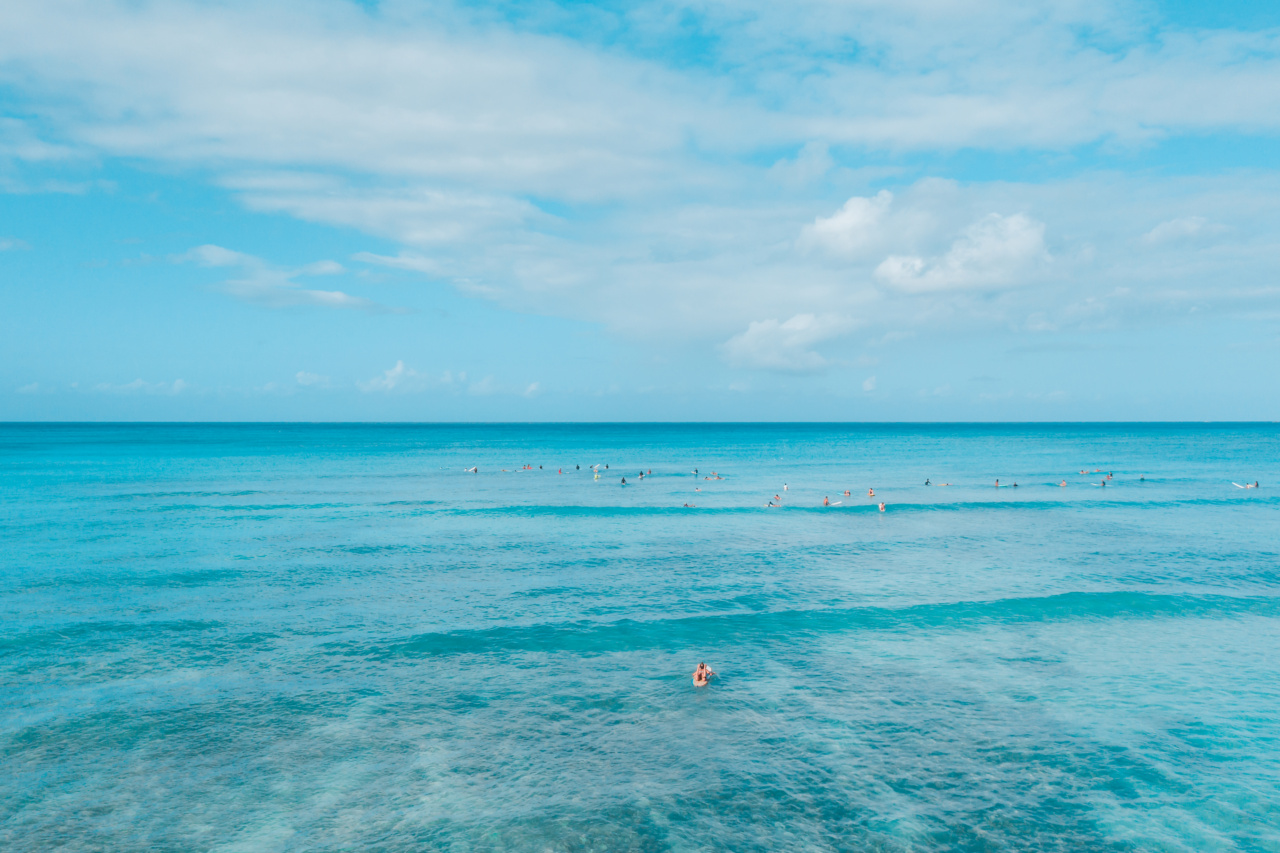Swimming in the sea can be a delightful experience, but for those who wear contact lenses, it can pose some challenges. Although swimming with your contact lenses on may seem convenient, it can also lead to eye infections and discomfort.
In this article, we will discuss the precautions you should take when swimming in the sea with contact lenses to protect your eyes and ensure a safe and enjoyable experience.
1. Wear Prescription Swim Goggles
One of the best ways to protect your eyes while swimming in the sea is to wear prescription swim goggles. These specially designed goggles can accommodate your contact lenses while providing clear vision underwater.
Prescription swim goggles not only protect your eyes from the saltwater and sand but also prevent your contact lenses from getting dislodged or washed away by the waves.
2. Keep Your Eyes Closed Underwater
Another precaution to take when swimming in the sea with contact lenses is to keep your eyes tightly closed underwater. Saltwater can irritate your eyes and cause discomfort.
By keeping your eyes closed, you minimize the chances of saltwater coming into contact with your lenses or entering your eyes. Additionally, keeping your eyes closed underwater reduces the risk of losing your contact lenses due to the force of the water currents.
3. Avoid Submerging Your Head Completely
While swimming in the sea, it is advisable to avoid fully submerging your head. When you dive or go underwater, the pressure and force exerted on your eyes can dislodge your contact lenses.
To prevent this, try to keep your head above water or limit the duration and depth of your dives. If you must dive or go underwater, make sure to close your eyes tightly.
4. Use Daily Disposable Contact Lenses
If you frequently swim in the sea and wear contact lenses, consider using daily disposable contact lenses. These lenses are designed to be worn once and then discarded, reducing the risk of contamination or infections.
By using fresh lenses every time you go swimming, you eliminate the need for cleaning and storing your lenses, thus minimizing the chances of bacteria or debris entering your eyes.
5. Properly Clean and Disinfect Your Lenses
If you decide to wear your regular contact lenses while swimming in the sea, it is vital to clean and disinfect them properly afterward.
Rinse your lenses with a multipurpose solution designed for contact lenses to remove any traces of saltwater, sand, or bacteria. Rub and rinse the lenses thoroughly to ensure they are free from any contaminants. Lastly, store them in a clean lens case filled with fresh disinfecting solution.
6. Avoid Wearing Contact Lenses After Swimming
After swimming in the sea, it is recommended to remove your contact lenses and allow your eyes to rest and recover. Saltwater and impurities in the sea can stick to your lenses and irritate your eyes even after cleaning them.
Take this opportunity to give your eyes a break and opt for glasses instead. By alternating between contact lenses and glasses, you can protect your eyes from potential infections and discomfort.
7. Follow a Proper Cleaning Routine
It is critical to follow a suitable cleaning routine for your contact lenses, especially if you frequently swim in the sea. Always wash your hands thoroughly before handling your lenses to prevent transferring dirt or bacteria to your eyes.
Use approved lens disinfecting solutions and never reuse or top up old solution. Additionally, replace your lens case regularly, ideally every three months, to prevent the buildup of harmful microorganisms.
8. Stay Hydrated and Blink Frequently
Spending time in the sea, especially in saltwater, can lead to dry eyes. To avoid discomfort and lens dehydration, make sure to stay well hydrated by drinking plenty of water before, during, and after swimming.
Additionally, blink frequently while swimming to help distribute tears evenly across your eyes and maintain moisture. Dry eyes can make wearing contact lenses uncomfortable and increase the risk of infections.
9. Seek Immediate Medical Attention for Irritation or Infections
If you experience any redness, irritation, or other symptoms of eye infection after swimming with your contact lenses, it is crucial to seek immediate medical attention. Delaying treatment can lead to complications and prolonged discomfort.
An eye care professional will be able to diagnose any condition and provide suitable treatment to prevent further complications.
10. Consider Wearing Prescription Swim Masks
If you find it challenging to manage contact lenses while swimming in the sea or have experienced frequent issues, it may be worth considering wearing prescription swim masks instead.
These masks have built-in optical lenses that correct your vision, ensuring clear sight underwater without the need for additional contact lenses. Prescription swim masks are a reliable alternative for individuals who enjoy water sports and want to avoid the hassle of traditional contact lenses.



























